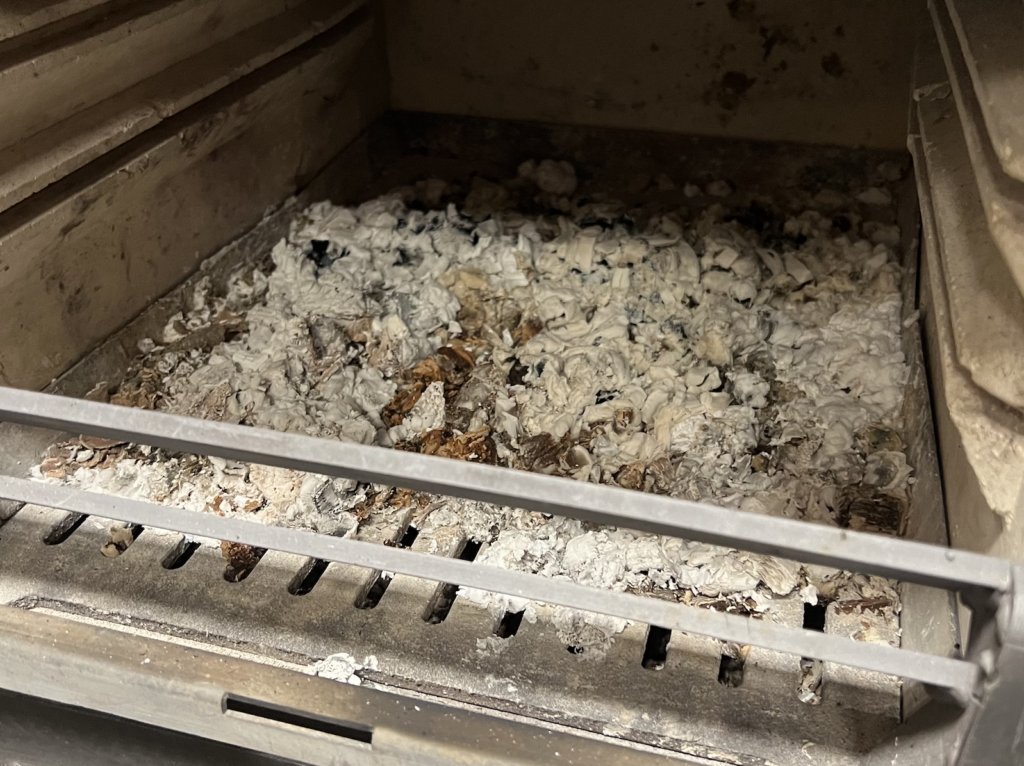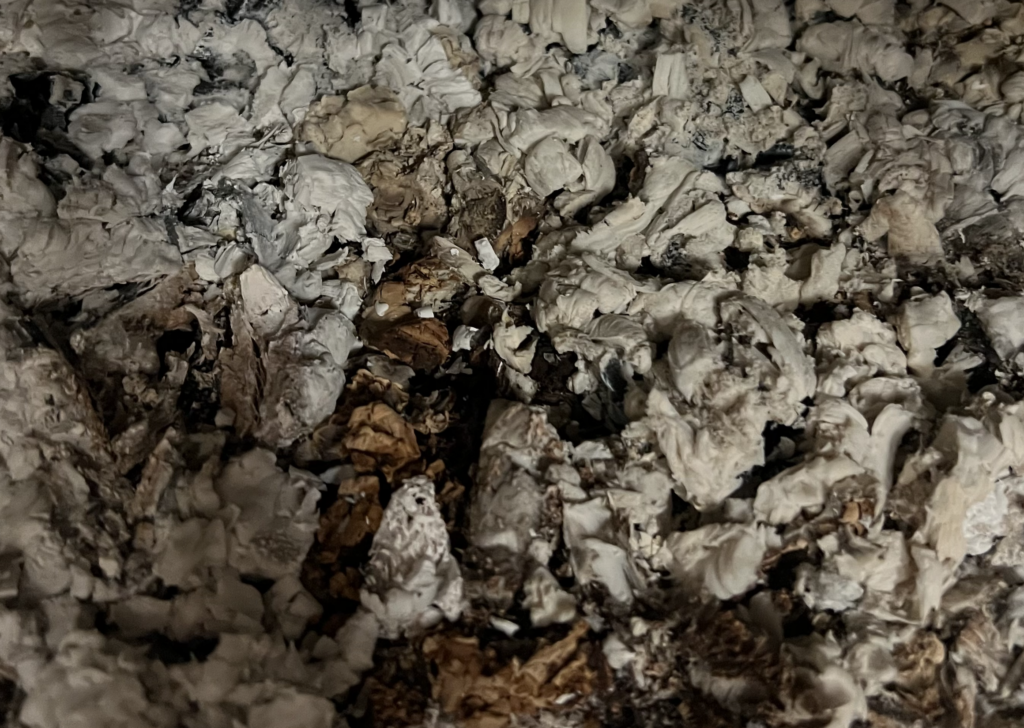Can I Recycle Ash From My Fire?
Yes.
Recycling ash from your wood-burning stove is an excellent way to make use of something you would perhaps have otherwise thrown away.
What is ash?
There is much more to ash than just the dusty mess which remains after a fire. Wood ash primarily consists of inorganic minerals and trace organic material. It includes inorganic compounds like calcium carbonate, which contributes to the alkalinity of ash, along with potassium compounds and phosphates, making it nutritious for plants. There are also trace elements found in ash, such as iron, silica and sodium, along with carbon residue. All these elements help make ash a useful ally in and around the home.

By reusing ash, you are making your wood-burning stove even more sustainable. Here are a few ideas to get you started:
From the fire – first of all, it’s important that you let the ash cool after a fire. If you are enjoying a fire during the evening, leaving the ash until the morning will be fine. But don’t be in a rush – ash can be extremely hot, staying hot for hours, and can represent a hazard if you try to remove it too soon. When you store ash, ideally, keep it in a metal container, or if you’re sure it’s cooled fully, a plastic one will be fine. Make sure any container has a lid firmly fitted.
Remove debris – Use a fine-mesh sieve to separate fine ash from larger debris like unburned wood. You’ll recycle the fine ash, while the larger pieces can be reused as a fuel source for future fires.
Here are a few recycling options:
Fertiliser for Plants
Why: Wood ash contains potassium, calcium, and other trace minerals outlined above that are beneficial for plants.
How to Use: Apply sparingly to garden soil or compost. Too much ash can raise soil pH and harm plants.
Avoid using ash around acid-loving plants like blueberries or azaleas. Mix ash thoroughly into the soil to prevent clumping.
Compost Additive
Why: Ash can balance the acidity in compost piles, especially if they include acidic materials like fruit peels.
How to Use: Sprinkle a thin layer of ash in your compost pile. Avoid overloading, as too much ash can make the compost alkaline and disrupt decomposition.
Pest Control
Why: Ash is abrasive and can deter pests like slugs and snails.
How to Use: Create a thin barrier of ash around plants or garden beds. Reapply after rain, as water will wash it away.

Ice and Snow Melt
Why: Ash provides traction and helps melt ice by absorbing sunlight.
How to Use: Spread ash on icy sidewalks or driveways as a natural alternative to salt. Sweep it away once the ice melts to prevent buildup.
Stain Removal in Laundry
Why: Ash has mild abrasive and absorbent properties.
How to Use: Rub a small amount of ash on greasy stains before washing. Test on less visible areas to ensure compatibility.
Household Cleaning
Why: The fine, abrasive texture of ash makes it a natural scouring agent.
How to Use: Mix ash with a small amount of water to create a paste for cleaning glass, metal, or tarnished silver. Test on a small area first to ensure it doesn’t scratch delicate surfaces.
Odor Neutraliser
Why: Ash absorbs moisture and neutralizes odours.
How to Use: Place a small bowl of ash in areas prone to odours, such as bins or musty basements.
Alkaline Additive for Soap-Making
Why: Ash can be used to produce lye, an essential ingredient in traditional soap-making.
How to Use: Combine ash with water and let it steep to create lye water. Be cautious, as lye is caustic and requires careful handling.
Caution
Do not use ash from treated or pained wood – not that you should be burning such in the first place. Also, avoid mixing ash with water courses – ash can raise pH levels and cause harm to water life. While ash can be useful for plants, exercise caution as too much can disrupt the soil’s pH balance – doing more harm than good.
While ash is a friendly ally around the home, there may be times you don’t want or need it. In which case you can simply dispose of. Disposing of ash properly depends on its source and composition. Cool it completely, bag it securely, and always prioritise safety and environmental responsibility when handling it.








